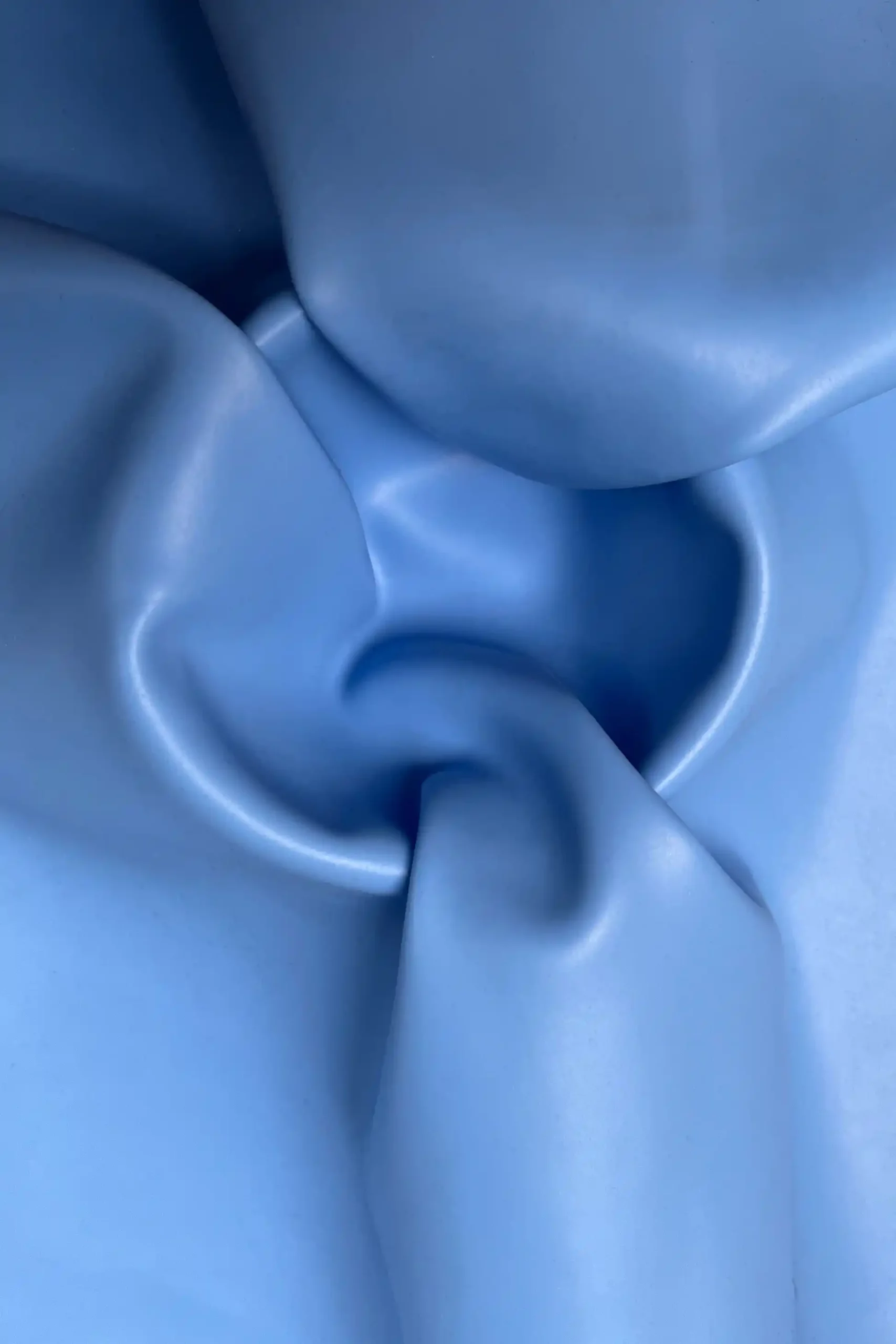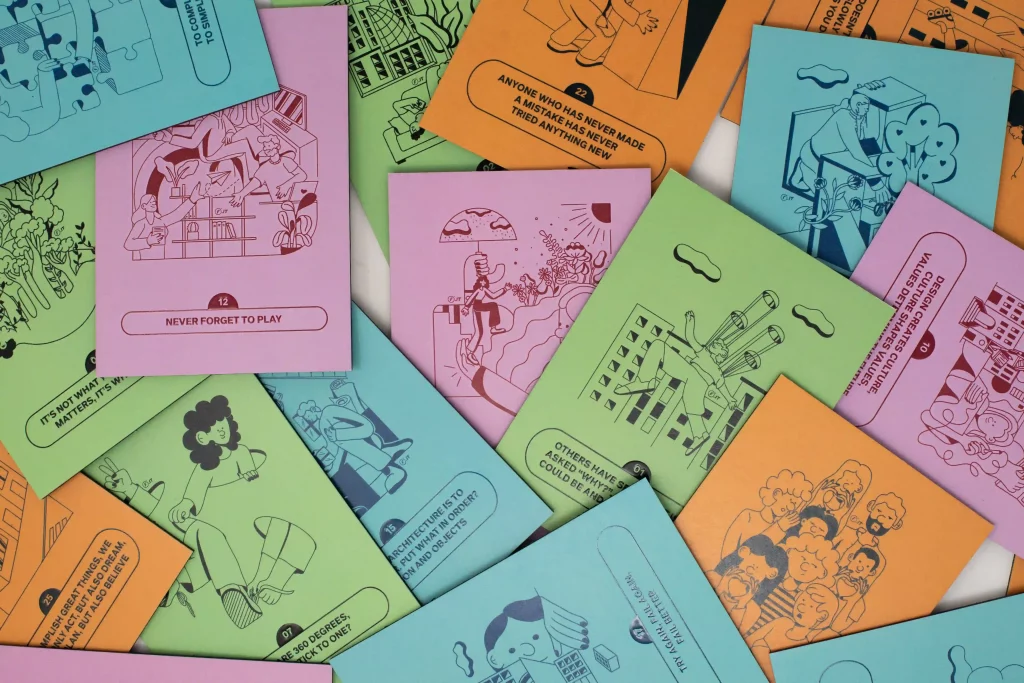Studiolabo for Fuorisalone and Brera Design District: the e-revolution that has changed the perception of Italian design in Milan
Fuorisalone.it – Twenty years later
Studiolabo was founded to support the Fuorisalone.it project, born as an idea and university project when founders Paolo Casati and Cristian Confalonieri were studying at Politecnico, Milan. It was in 2003 that Casati and Confalonieri built a website with a map, thus an interactive guide to the Fuorisalone events of that year.
At a time when Google Maps and Instagram were not a thing yet, they had the intuition of building an online, interactive space to expand the dimension of a physical event engaging the whole city of Milan. Studiolabo is still a design-led communication agency powering the Fuorisalone.it project, which has gained as much credibility as Fuorisalone itself.
Brera Design District: a project within Fuorisalone.it
The Brera Design District project started in 2010 in continuity with the Fuorisalone project. As Studiolabo, Casati and Confalonieri first worked in Tortona district in 2015 to develop a communication plan. After working in Bovisa and other Milan districts they focused on Brera where they started mapping and analysing the district to then build a communication plan for the most dense Milan district in terms of permanent design showrooms.
«The Brera Design District project itself was born as an analysis of the territory», says Casati, «Districts are areas of a city linked to a particular industrial know-how. In the case of Brera, the district dimension is given by a vocation towards design. Today there are 183 showrooms in the area, whereas in 2010 there were seventy. We gave value to the district by creating a recognisable brand, a logo and a communication plan. We created a website, a newsletter system and social media accounts linked to Brera district, and two events: the Design Week and Design Days, the Brera Design Apartment, and Brera Location, which helped the core agents of the district to have a platform not only during the Design Week but also all along the year».
Fuorisalone.it: a living archive
Paolo Casati states that «When we first moved our steps towards the digitalisation of the Fuorisalone events during our university studies, we understood Fuorisalone as an expanded museum. At that time, newspapers and magazines were reporting the events as to create a temporal, paper guide to Fuorisalone. There was never the intention of creating something durable over time. Our intuition was to historicize such an event. This is why we conceptualized and brought to life the e-reporter initiative on Fuorisalone.it, which still exists after twenty years. The e-reporter is essentially a digital reporter, thus a person that goes around Fuorisalone and takes pictures and documents what happens within the events and the city itself. The first e-reporters in 2003 were using a digital compact camera and uploading their photos on the website. All 180 000 images were indexed and randomly available to be consumed and saved. Those photos started to constitute a relevant heritage for the historization of Fuorisalone. Before the advent of Instagram, Fuorisalone.it provided users with a digital space where to share experience Fuorisalone. Twenty years later the concept remains the same but the dynamic of analysis changes. This year marks another year of partnership with the Politecnico and their students and is supported by C41».
The impact and aftermath of Covid-19 on Fuorisalone.it
On Fuorisalone’s experience during the pandemic, Casati says; «applying the ‘digital’ to Fuorisalone was like stating that water is wet. The core of the Fuorisalone platform is a digital asset that we use to expand a physical, time-based entity – Fuorisalone and their agents. We chose to use this redundant naming to highlight the nature of our project that has been often misunderstood. The 2020 edition served as a marketing strategy per se. The website did not only become a guide to a week of events during the Design Week but also a platform active all over the year. It started as a system with an integrated Google Meet application and a social media platform. Fuorisalone.it resisted the pandemic crisis, which resulted in being an opportunity to improve our relationships with our clients on the territory and our advance reach. An obstacle turned into an opportunity. Here’s how the digital made Fuorisalone.it bigger than the Brera Design District over the last two years, as the latter freezed during the pandemic due to its fully physical nature. Fuorisalone Digital happened five times over twenty four months».
The digital as a strategic, core asset for Fuorisalone.it
The digital and the technology behind it are facilitators, not substitutes for an event such as Fuorisalone that lives off in-person encounters, unplanned synergies and people’s relationships. The digital is thus a complement, not a substitute as it constitutes an opportunity only when its use is well-planned and critically conceived. It is also an opportunity when it comes to reducing energy, resources and time waste.
On the other hand, it can become a risk for companies and their investments in terms of reputation and responsibilities. As the world is fluid there is no need to be presumptuous and greedy to invent what does not exist. The quest is rather to comprehend what is already here and be ready to change. «We sit in a fragile reality. Geography is fragile, nature is fragile, communications and relationships are fragile. We have to be conscious about this.» says Casati.
Fuorisalone – a local event with a global outreach
«There is a brand value intrinsic to Fuorisalone. it is a brand that expands beyond the event. Milan is at the centre of the Fuorisalone internationalization as it is a strategic asset. For foreign brands and cities Milan is the city to partner with to gain competitive advantage in their regional markets. Fuorisalone is only an umbrella under which spontaneous agents clustered in different districts of the city have formed. We have worked on different case studies in China, Japan and the Emirates to try to replicate the Milan design district model. Milan design districts – such as Brera – were born out of spontaneity around forty years ago though, and this is what makes our Design Week and the Fuorisalone unique. A global outreach for Fuorisalone means gaining brand identity and awareness and making the event itself a landmark. Studying and critically analyzing the Fuorisalone model is surely a start for other cities to move towards their own design districts formation».
Fuorisalone 2023 – Future Laboratory
This year’s programme goes under the name of Future Laboratory. As a continuation of Fuorisalone 2022 reflection on space and time, it follows the bigger commitment to sustainability without addressing it rhetorically. Behind this edition there is the consciousness of an imperative to build our future today.
«Fuorisalone always sees diverse abilities and expertises at work. Art, design, fashion, communication and more work together to construct a common scenery. The feedback we got from the Fuorisalone agents had a common ground: the will to turn to nature. Whether the Metaverse was at the centre of public discourse until a few months ago we now see a return to a physical dimension and our relationship to the dimension of the house and relationships».
The design districts of Milan
Fuorisalone 2023 keeps Brera district as the neuralgic point with more than two hundred-fifty showrooms opened (more than half of which are permanent and always active in the territory). Brera is hosting an art intervention by Agostino Iacorci at Torre Treves, former headquarter of the Milan council. Cinque Vie district showcases more curatorial projects than showrooms due to its historical profile. Indeed, there are fewer firms there than in Brera district.
Isola is hosting participatory, bottom-down projects as it confirms its experimental and young soul. Among the highlights there are two itinerant curatorial projects: Alcova from the former Baggio hospital to the Ex Macello and Dropcity Lab in the Centrale Station area. Triennale is preparing exhibitions and temporary residencies. Moreover, Morel Milano in partnership with Tipografia Alimentare is opening up in the Certosa area to propose a culinary project. Territorial projects are at the core of this edition, all contributing to a critical quest for regenerating Milan city abandoned places.
Paolo Casati – Fuorisalone.it
Paolo Casati is a creative director and brand consultant. He graduated from the Design Faculty of the Milan Politecnico and is founder of Studiolabo with Cristian Confalonieri. Studiolabo develops communication and territorial marketing projects such as Brera Design District and Fuorisalone.it.




















